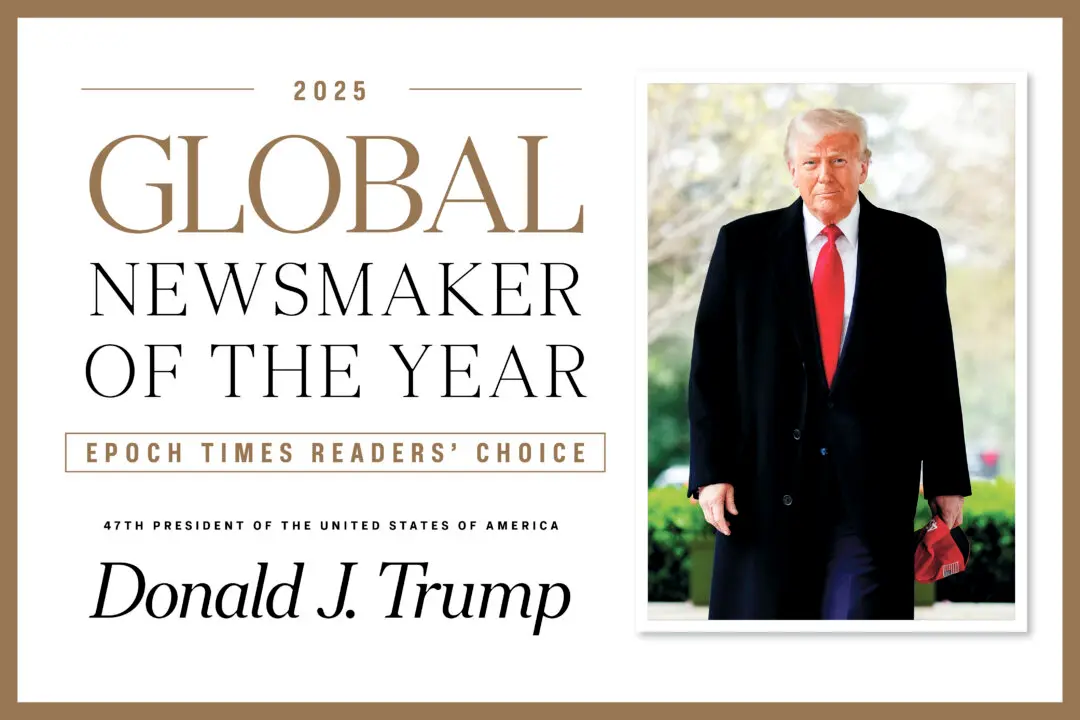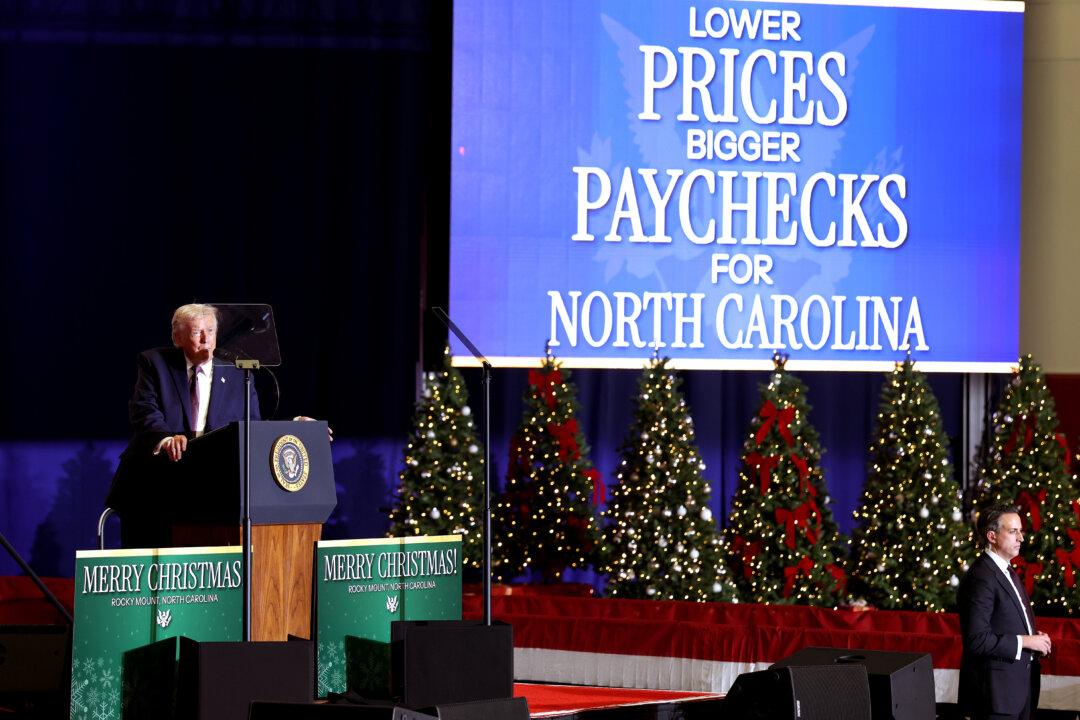WASHINGTON—Some economists worry that aging baby boomers—people born between 1946 and 1964—will shrink labor supply and productivity, as they continue to retire in waves. However, such a worry is exaggerated, as baby boomers will stick around the labor force a lot longer than expected, according to White House economic adviser Kevin Hassett.
Speaking at an event hosted by Axios, Hassett said that the tax cuts had a big impact on baby boomers’ decision to stay in the job market.





